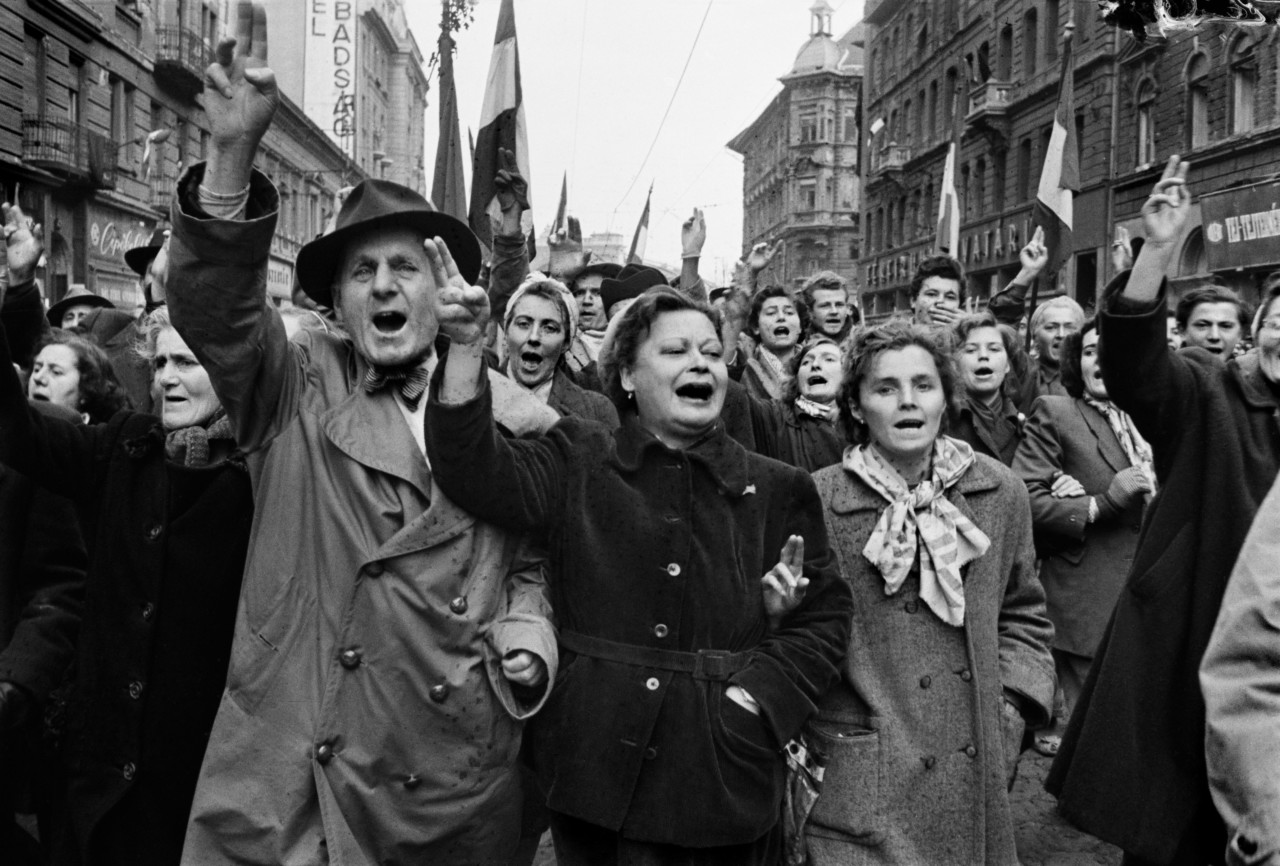This Week in History: The Hungarian Revolution Begins
October 21, 2021

By: Kaysey A. Richardson
On October 23, 1956 a spontaneous, nationwide uprising began against the Communist government of Hungary and its Soviet enforced policies. The revolt sparked when a student delegation entered a radio building in an attempt to broadcast their demands and were arrested. Demonstrations outside of the radio building were fired upon by The State Protection Authority (AVH) from inside the building, killing one student whose body was then wrapped in a flag and held above the crowd, thus starting the Hungarian Revolution of 1956.
As the news of the uprising spread, violence erupted within the capital itself and caused the Soviet government to completely collapse and a new government disbanded the AVH, demanding to re-establish free elections. Additionally, there was a call to withdraw from the Warsaw Pact of 1955, which was a forced alliance between the Soviet Union and its seven satellite states. The revolution appeared to have been a success and, towards the end of October, hostilities had nearly halted and normalcy was beginning to return.
In November of 1956, Politburo (the communist government) announced their willingness to negotiate a withdrawal of Soviet forces, but shortly after this announcement they instead moved to put an end to the revolution. Violence reemerged on November 4 when a Soviet force invaded Budapest and other regions of the country, encountering resistance from the Hungarians for six days until they were forced to surrender to the Soviets on November 10. Over 2,500 Hungarians, along with 700 Soviet troops, were killed during the revolution and more than 200,000 Hungarians fled to Austria as refugees. This was followed by mass arrests and denunciations that continued for months to follow and, by January of 1957, the Soviet government had suppressed all public opposition.
The Hungarian Revolution was significant for a multitude of reasons, including increased Western-Marxist opposition and significant membership losses for the Communist Parties in the West. Additionally, the uprising exposed the faults of Eastern European communism, which consisted of poor living conditions and extremely low wages, forcing people to struggle just to get by. Lastly, while this revolution was not successful, it set the stage for the coming years in the Eastern Bloc and marked the beginning of revolutions against the Soviet Union and the eventual demise of the Soviet reign in the Eastern Bloc.
